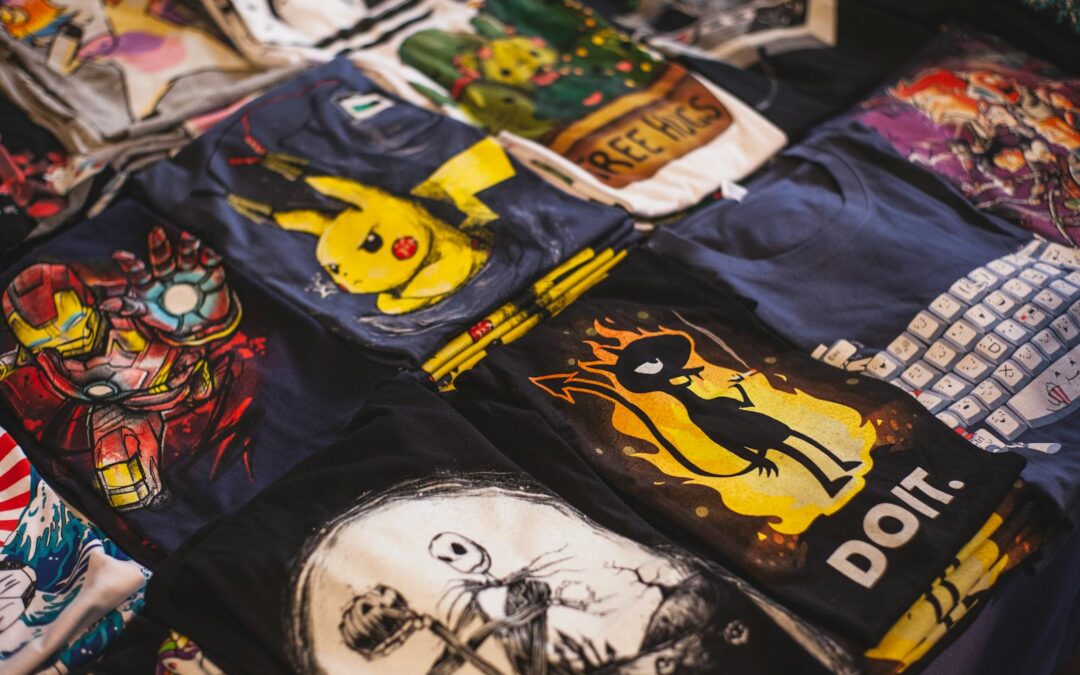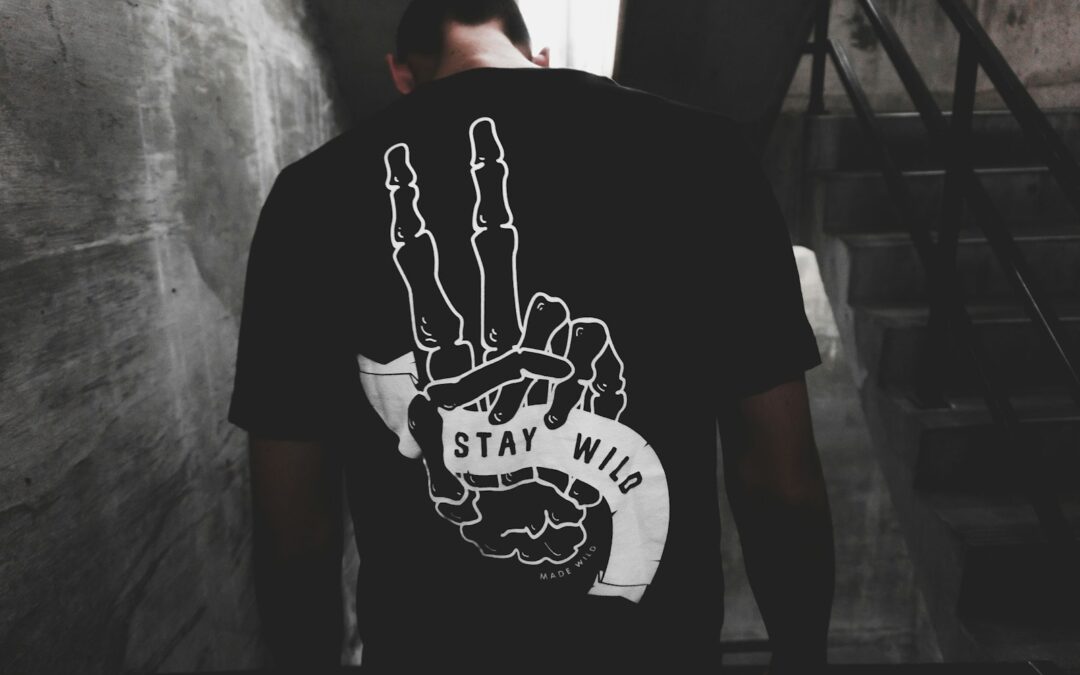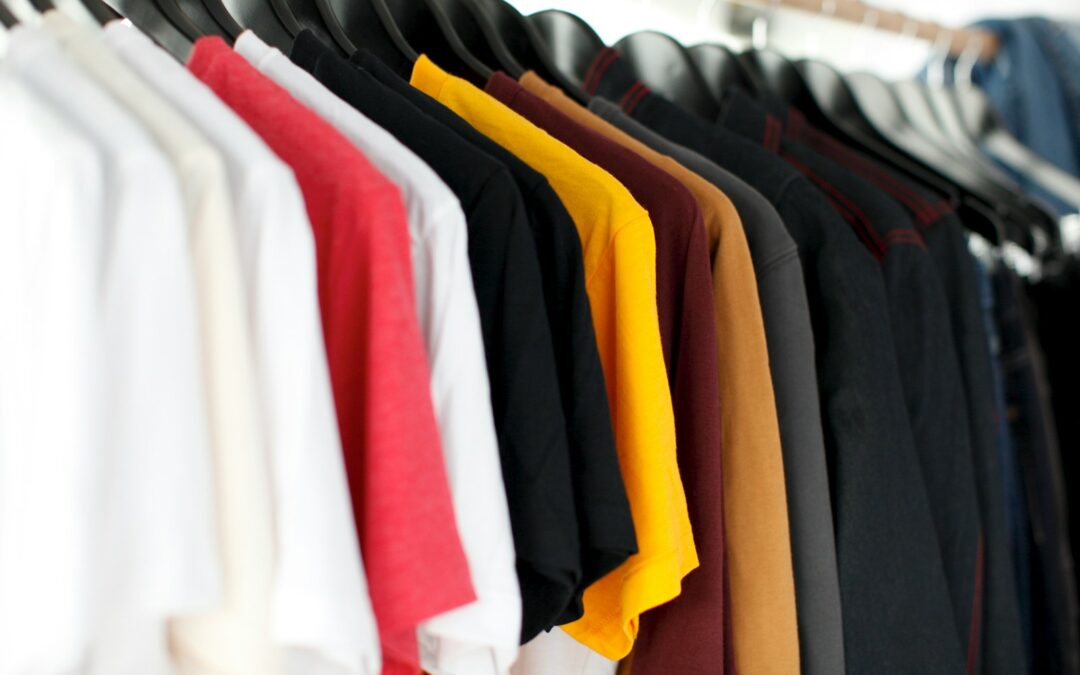Are you wondering the perfect DTF heat press settings?
Getting the perfect print on a t-shirt, hoodie, or bag often comes down to your heat press skills. For those working with DTF (direct-to-film) transfers, mastering the correct heat press settings, including using the appropriate temperature for different materials, is the secret to achieving high-quality, vibrant, and durable designs. Whether you’re a small business owner, apparel decorator, or a DIY enthusiast passionate about custom clothing, understanding these settings is essential to ensure your prints stick and your designs shine.
This guide breaks down the essentials of working with DTF transfers, giving you all the tools you need to press your way to professional results.

Understanding DTF Transfers
DTF stands for direct-to-film, a cutting-edge printing method that transfers designs from a special film onto fabrics using heat and pressure. Unlike traditional screen printing or vinyl heat transfer, DTF allows for intricate designs, vibrant colors, and compatibility with a wide range of materials. Proper settings can significantly enhance the quality of DTF prints, ensuring durability and aesthetic appeal.
Why choose DTF transfers?
- Versatility: Works on cotton, polyester, blends, and even unconventional materials like nylon and canvas.
- Durability: Produces long-lasting designs that resist cracking and peeling.
- Efficiency: Perfect for small or custom orders without the setup hassle of traditional screen printing.
For flawless DTF transfer results, the magic lies in your heat press settings. Proper temperature, pressure, and timing ensure the adhesive powder activates and bonds perfectly to your fabric.
What are DTF Transfers?
DTF (Direct-to-Film) transfers are a revolutionary heat transfer technology that allows you to create custom designs and prints on a variety of fabrics and materials. The process involves printing your design onto a special film, which is then transferred onto the desired material using heat and pressure. One of the standout benefits of DTF transfers is their ability to produce high-quality, vibrant prints that are both durable and versatile.
Whether you’re working with cotton, polyester, or even more unconventional materials like nylon, DTF transfers offer a reliable solution for achieving professional-grade results. This method of heat transfer is particularly advantageous for small or custom orders, as it eliminates the need for extensive setup and allows for intricate, multi-colored designs.

Preparing for DTF Transfers
Before diving into the DTF transfer process, it’s crucial to prepare your workspace, garment, and equipment to ensure the best possible results. Proper preparation can make a significant difference in the quality and durability of your final product.
Preparing the Workspace
Setting up your workspace correctly is the first step towards successful DTF transfers. Ensure you have a clean, flat surface to work on, free from any debris or clutter. Cover your work surface with a heat-resistant material, such as a silicone mat or parchment paper, to protect it from heat and ink spills.
Good ventilation is also essential, as the heat press and ink can release fumes that may be harmful if inhaled over long periods. A well-ventilated area will help maintain a safe and comfortable working environment.
Preparing the Garment
Preparing your garment is just as important as setting up your workspace. Start by washing and drying the garment to remove any finishes or impurities that could interfere with the transfer process.
Once clean, iron the garment to eliminate any wrinkles, ensuring a smooth surface for the transfer. Additionally, make sure the garment is free of lint and debris, as these can affect the adhesion of the transfer. Taking these steps will help ensure that your DTF transfer adheres properly and looks its best.

Choosing the Right Heat Press
Not all heat presses are created equal. A reliable heat press is vital for achieving consistent results with your DTF transfers. Here’s what to look for:
Key Features of a Good Heat Press
- Temperature Control: Ensures your heat press reaches the correct temperature range for different fabrics.
- Even Heat Distribution: Avoids hot or cold spots that can ruin your transfer.
- Pressure Adjustment: Allows for medium to firm pressure, depending on fabric thickness.
- Platen Size: Choose a size suitable for your projects—smaller platens for sleeves and larger ones for full-size designs.
Using a heat press is crucial for achieving optimal temperature control, pressure application, and pressing time, which are essential for reliable adhesion and professional-quality results on various fabrics.
Recommended Heat Press Types
- Swing-Away Presses: These provide even pressure distribution and make it easier to access the platen for precise placement.
- Clamshell Presses: Compact and user-friendly, but may not offer the same pressure consistency as swing-away models.
Investing in a high-quality heat press may cost more upfront, but it guarantees fewer mistakes, saving time and money in the long run.

Optimal Heat Press Settings for DTF Transfers
For consistent results, it’s crucial to set your heat press correctly before starting. Here’s a breakdown of the ideal temperature, pressure, and time settings:
To achieve optimal results, always follow the manufacturer’s instructions for specific guidelines on temperature, pressing time, and pressure.
Temperature Settings
- For Cotton: Set your heat press to a temperature range of 320–350°F.
- For Synthetic Fabrics (e.g., polyester): Opt for a lower temperature, typically 280–300°F, to avoid damaging the fabric and ensure proper adhesion of the glue.
Pressure Settings
- Apply medium to firm pressure for DTF transfers. Firm pressure is essential for optimal adhesion, especially on thicker materials.
- Adjust pressure based on material thickness. For example, thinner fabrics may require slightly less pressure than denser materials like canvas.
Dwell Time (Transfer Time)
- Keep the dwell time between 12–15 seconds. This ensures the design adheres without overheating.
Pro Tip
Always consult your transfer film’s manufacturer’s guidelines for specific setup details. Each type of DTF film may vary slightly in its requirements.

Adjusting Settings for Different Fabrics
Not all fabrics are created equal. Factors such as material composition, thickness, and stretchiness can impact how well a DTF transfer adheres. Here’s how to fine-tune your process:
- For Cotton Materials: Use higher temperatures (320–350°F) and medium pressure.
- For Synthetic Materials (like polyester or nylon): Reduce the temperature to avoid scorching. Ensure you use a lower setting between 280–300°F.
- For Leather and Canvas: Apply heat gradually and decrease pressure slightly to avoid damaging the material.
Always test your press settings on a sample fabric before starting a full batch to ensure desired results. While a household iron can be used for DTF transfers, it has limitations compared to heat presses, such as uneven heat distribution and less precise temperature control.
Cotton and Cotton Blends
When working with cotton and cotton blends, specific heat press settings are crucial for achieving optimal results. Set your heat press to a temperature range of 320-350°F (160-175°C) and apply medium pressure.
The heat should be applied for 10-15 seconds to ensure the transfer adheres properly. For best results, use a heat press with even heat distribution and place a guard sheet, such as parchment paper, over the transfer to prevent scorching. This approach will help you achieve vibrant, durable prints on cotton and cotton blend fabrics.
By following these preparation steps, you’ll be well on your way to mastering DTF transfers and creating stunning, professional-quality prints.

Post-Press Cooling Techniques
Once your design is pressed, cooling properly is crucial for achieving a smooth, durable finish.
- Cool Completely: Allow the transfer to cool for 15–30 seconds before peeling. Rushing this step could cause the design to lift.
- Use a Guard Sheet like parchment paper or a Teflon sheet during cooling to protect the transfer and fabric from any potential damage.
- Peel Carefully: Start from one corner and peel slowly for optimal adhesion.
Troubleshooting Common DTF Transfer Issues
Even with the best setup, you may encounter occasional problems. Here’s how to fix them:
- Poor Adhesion: Ensure the heat press reaches the correct temperature and is applying even pressure. Increase the dwell time slightly if needed.
- Peeling Edges: Check for uneven pressure distribution or insufficient cooling time before peeling.
- Fading Colors: Avoid pressing at too high of a temperature, which can dull colors.
If issues persist, refer to the detailed instructions provided by your film provider or reevaluate your heat press equipment.
Tips for Professional-Quality Transfers
To consistently achieve flawless results, keep these expert tips in mind:
- Use High-Quality Materials: Cheap transfer films or low-grade adhesive powders can lead to poor results. Invest in trusted brands.
- Pre-Press the Fabric to remove moisture and wrinkles before placing the transfer.
- Keep Equipment Calibrated to ensure accurate temperature and pressure settings.
- Maintain Your Heat Press by cleaning the platen and ensuring even heat distribution.
- Experiment and Test your settings on different fabrics to fine-tune your techniques.

Why Choose a Quality Heat Press for DTF Transfers?
A consistent, high-performing heat press is the backbone of successful DTF printing. Limitless Transfers, for example, offers easy-to-apply hot peel DTF transfers compatible with various fabrics. Their precision and high-quality products ensure vibrant designs and optimal adhesion for every project. Explore their DTF solutions if you’re looking to upgrade your materials or methods.
Start Creating Stunning Prints Today
Mastering DTF heat press settings is a process of careful adjustment, patience, and attention to detail. Whether you’re printing for a small business or a DIY project, understanding the nuances of temperature, pressure, dwell time, and fabric compatibility will ensure professional, lasting results.
Start perfecting your craft today. With the right tools, including a reliable heat press and quality DTF materials, you’re well on your way to delivering standout designs that impress every time.
Resources for DTF Transfers and Heat Presses
If you’re looking to explore DTF (Direct-to-Film) transfers and heat press equipment, the following resources can help you get started:
- DTF Superstore: A trusted source for DTF printers, transfer films, and inks, along with helpful guides and tutorials.
- Pro World: Offers a variety of heat presses and DTF supplies, catering to both beginners and professionals.
- Heat Press Nation: Known for its range of high-quality heat presses, along with DTF starter kits and support tools.
- DTF Station: Specializes in DTF technology, providing materials, equipment, and blog articles about direct-to-film processes.
- Stahls’ Heat Printing: A renowned provider of heat press machines and customization products, with resources to enhance your heat transfer results.
- ColDesi: Offers a wide selection of DTF printers, heat presses, and software, along with educational content to guide users through the process.
- Transfer Express: Provides heat transfer supplies, custom designs, and innovative tools for streamlined printing operations.
- SignWarehouse: Features a range of DTF-compatible equipment and materials, along with an extensive library of tutorials and support articles.
- JPPlus: Supplies DTF transfer materials, customization products, and professional-grade heat press machines to expand creative capabilities.
These links should provide useful insights and products to kickstart your DTF and heat press projects!




